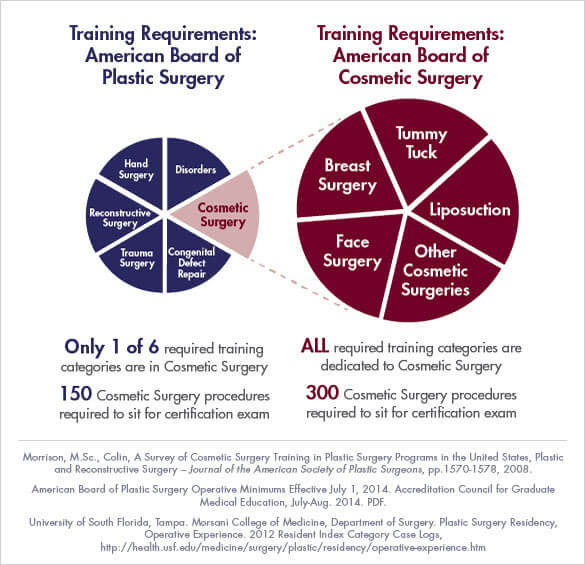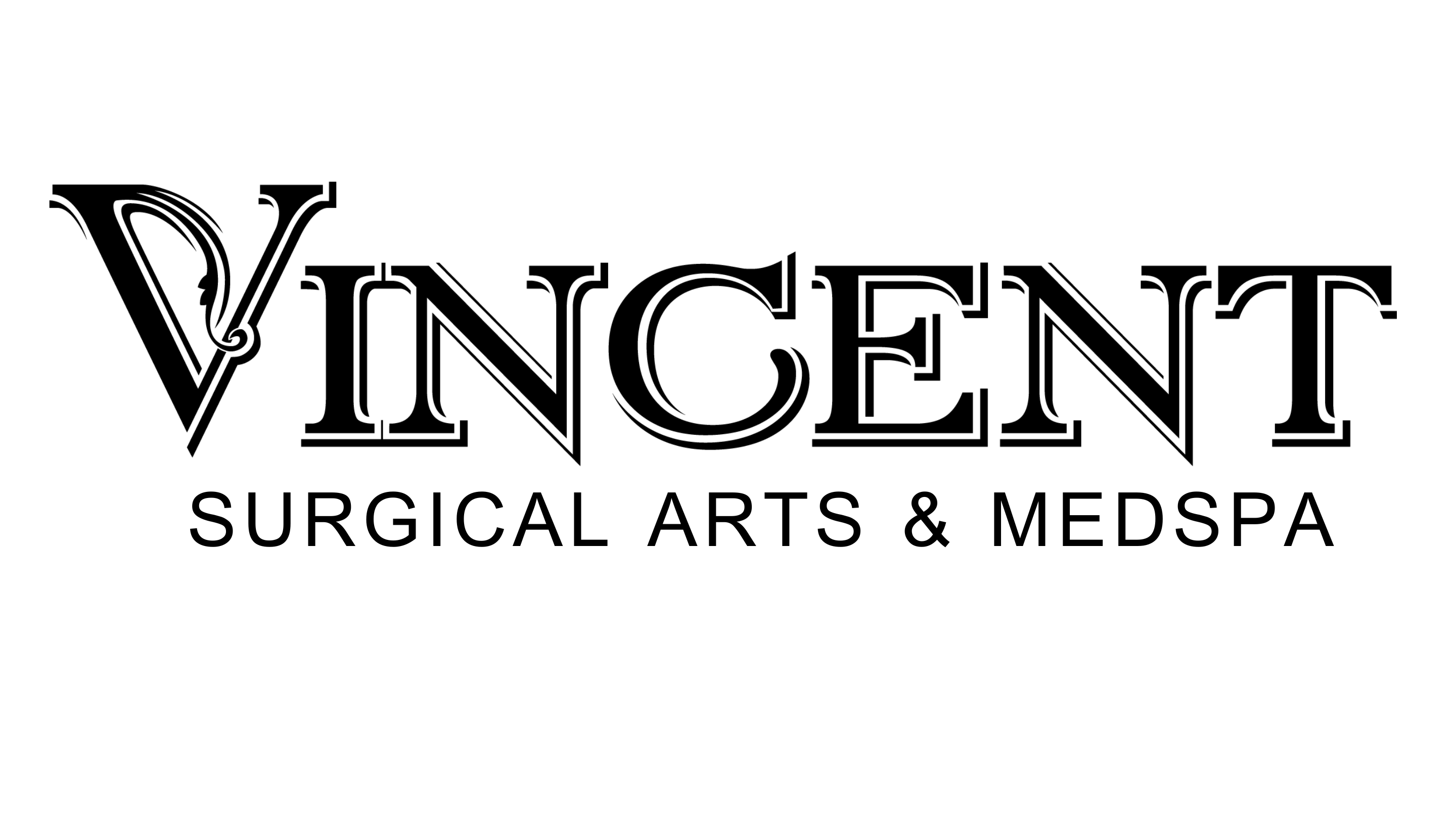Cosmetic Surgery
vs
Plastic Surgery
What’s the difference between cosmetic and plastic surgery?
If you thought these two categories were the same, you’re not alone. Because a significant amount of trained plastic surgeons choose to focus their practices on cosmetic surgery, many people believe these are the same thing and tend to use the terms interchangeably. However, this is not the case.

Cosmetic Surgery and Plastic Surgery have different goals.
Both types of surgery deal with altering the physical appearing but the goals and training are actually quite
Cosmetic Surgery: The goal is to enhance appearance.
The key goals for cosmetic surgery include improving aesthetic appeal, symmetry, and proportion in order to enhance the physical appearance. The principals, techniques, and training required to do this differ greatly from that of plastic surgery. Cosmetic surgery can be performed on any area of the body, neck, or head. Because the goal is to improve appearance, this is regarded as an elective surgery.
There are many procedures that fall under the cosmetic surgery umbrella, including:
- Breast Enhancement: Augmentation, Lift, Reduction
- Facial Contouring: Rhinoplasty, Chin, or Cheek Enhancement
- Facial Rejuvenation: Facelift, Eyelid Lift, Neck Lift, Brow Lift
- Body Contouring: Tummy Tuck, Liposuction, Gynecomastia Treatment
- Skin Rejuvenation: Laser Resurfacing, Botox®, Filler Treatments
Plastic Surgery: The goal is to repair defects or reconstruct normal appearance and function.
Plastic surgery is intended to correct dysfunctional areas of the body and is reconstructive in nature. Common reasons to have plastic surgery include birth disorders, major trauma, burns, and diseases among other things. Often plastic surgery is completed in an emergency setting or after a event involving major trauma and therefore is often regarded as non-elective though this is not always the case. While many plastic surgeons choose to complete additional training and perform cosmetic surgery as well, the basis of their surgical training remains reconstructive plastic surgery.
Some of the most common plastic surgery procedures are:
- Breast Reconstruction
- Burn Repair Surgery
- Congenital Defect Repair: Cleft Palate, Extremity Defect Repair
- Lower Extremity Reconstruction
- Hand Surgery
- Scar Revision Surgery
Cosmetic Surgery training is obtained separately from Plastic Surgery training.
Because each practice has unique goals and built around specific sets of procedures, the training and certification of each practice looks very different.
Plastic Surgery training is completed through a post-grad residency program:
Physicians who become board certified in plastic surgery are required to complete one of two routes of training:
- An integrated residency training that combines three years of general surgery and three years of plastic surgery or
- An independent, five-year residency program in general surgery followed by the three-year plastic surgery residency program.
Residency programs in plastic surgery may include cosmetic surgery as a portion of a surgeon’s training, but typically do not include training on every cosmetic procedure.
Therefore the title “board certified plastic surgeon” indicates a certain level training and experience with respect to plastic surgery, but it does not indicate the same thing with respect to cosmetic surgery, as the residency training required to become board certified in plastic surgery may not include training with respect to many common cosmetic procedures.² Nor does it tell you that the doctor has more or less cosmetic surgery training than a physician board certified in another specialty.
Cosmetic Surgery training is completed primarily after residency training:
There are currently no residency programs in the United States devoted exclusively to cosmetic surgery. Because of this, cosmetic surgeons primarily obtain training and experience after completing their residency training. This is done by completing a post-residency fellowship training program in cosmetic surgery.
Board certified cosmetic surgeons are residency trained + fellowship trained in cosmetic surgery
The training, experience, and knowledge required to become a board certified cosmetic surgeon reflects specialization above and beyond what it takes to become board certified in a related discipline, such as plastic surgery. Each surgeon who is board certified by the American Board of Cosmetic Surgery has completed a 1 year, American Academy of Cosmetic Surgery certified fellowship training exclusively in cosmetic surgery. During this fellowship, surgeons receive thorough training in all cosmetic surgery procedures of the face, breast, and body, plus non-surgical cosmetic treatments, performing a minimum of 300 individual cosmetic surgery procedures. This fellowship training is in addition to completing a 3-5 year residency program in a related discipline.
Because any licensed physician can legally perform cosmetic surgery, regardless of how they received cosmetic surgery training, it is extremely important to do your research when choosing a cosmetic surgeon. To find the most qualified doctor for a specific cosmetic procedure, you must compare doctors’ overall (residency and post-residency) training, experience, and proven competence with respect to that specific cosmetic procedure.
Contact Us Today

6710 Blackstone Rd #201, Cottonwood Heights, UT 84121
